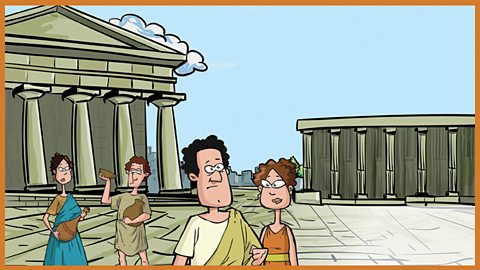The final session focuses on Roman customs and entertainment - including gladiators.
3. Customs and pastimes
Sculpture was important in Roman times. Palaces, temples and important public buildings were decorated with statues of emperors, generals, gods and goddesses. Sculptures were made from stone, marble or bronze.
Romans built huge, circular or oval amphitheatres for all strata of Roman society and among the most popular forms of entertainment were gladiators, who often fought to the death. After a fierce, stamping procession by the class, pairs perform a non-contact, gladiatorsâ combat sequence as Retiarius and Thraex.
Wealthy Romans liked to throw fine banquets. The guests would recline on couches while slaves served them food and wine. They ate with their fingers and could be served up to seven courses over ten hours! Between courses, the guests were entertained by dancers, poets and musicians.
Resources
Download the audio for this dance session as an mp3 file

Download / print guidance on using the dance sessions in this unit (pdf)

Lesson summary
Warm up
Clapping hands above head while bending and stretching knees to beat of the music.
Travelling forwards and backwards.
Alternating between bending/stretching and jogging forwards/back.
Sequence 1: Sculpture
In pairs, one person curls up like a piece of stone or marble.
The other person is the sculptor, who slowly walks around and lightly taps or manipulates different joints and body parts in the âsculptureâ, so that they gradually rise into a standing position through a series of sculptural poses.
The final pose is calm, strong, muscular and heroic.
The âsculptorâ walks around to admire the finished âsculpture.'
Children swap roles and repeat the sequence.
Sequence 2: Gladiators
Pupils travel around the room with threatening, heavy stamping steps. They move with strong, gladiator-style posture and upper body actions, in a procession.
Then, pairs decide who is a Thraex (with a sword and shield) and who a Retiarius (with a net and three-pronged trident).
They practise a non-contact sequence of blocking and attacking movements, focusing on clear body shapes and contrasting speeds of movement.
Sequence 3: The feast
Pupils divide into four groups: musicians, dancers, slaves and masters.
Two contrasting pieces of music guide pupils through the sequence. First, lively music with lyres, flutes/pipes and tambourines cues the musicians and dancers to turn and twirl around the reclining masters - either dancing or playing an imaginary musical instrument.
Next, some slower flute/pipe music cues the masters and slaves to perform an exaggerated, stylised mime to enact part of the feast.
Cool down
Moving through the space as if carrying a jug on the head; first with arms up, and then with arms down.
Focus on the sensation of âgrowing tallerâ through the top of the head, while the spine draws down towards the floor.

Other units of KS2 Dance Workshop
The reign of King Henry 8th. collection
The reign of King Henry and life in Tudor England explored through Tudor dance and movement.

Victorian childhoods. collection
Three dance sessions exploring what life was like for children in Victorian times.
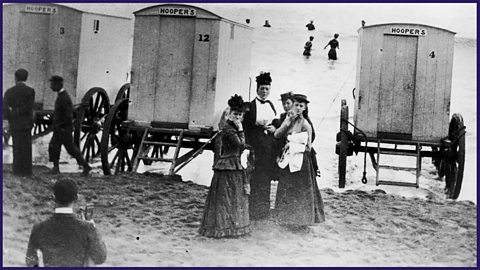
South American Carnival. collection
Three sessions exploring the samba rhythms and steps of the Rio Carnival.
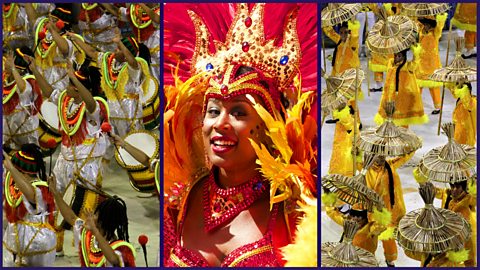
See also...
The Romans. collection
Age 7 - 11. Topics include the invasion of Britain, Julius Caesar, Roman gods and goddesses, buildings, Boudicca, Roman roads, Roman food, Roman games and songs about Roman life.
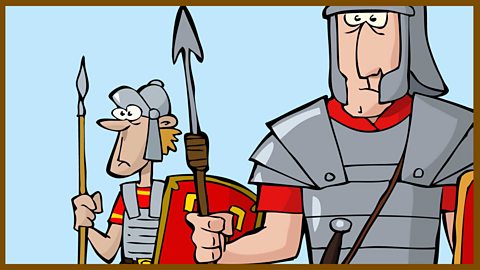
KS2: Rocking Romans! Songs. collection
Age 7 - 11. 8 song videos exploring all aspects of Roman life.
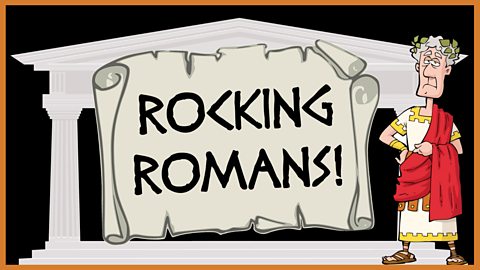
Age 7 - 11. A musical for primary schools celebrating the time of the Romans in Britain.
